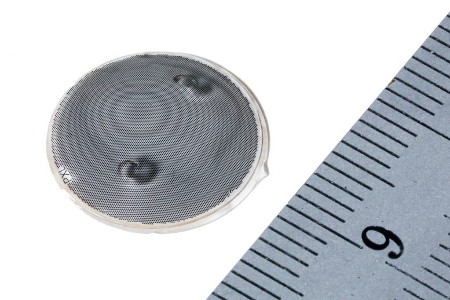For the 36 million people on the planet with total vision loss, seeing shapes or even a source of light is impossible. For most of them, the problem is rectifiable through cataract surgery. But for the remainder, retinal implants may be the answer, a prosthesis that bypasses damage to the retinal ganglion cells.
This is not the only option. Other avenues of exploration include gene therapy and optogenetics. But the pursuit of a viable bionic eye has led to a team in Switzerland coming up with a means to restore vision for many.
A retinal implant may be in our near future. A team of scientists at the École Polytechnique Fédérale de Lausanne (EPFL) in Switzerland is working on just such a device that when combined with smart glasses and a microcomputer will produce artificial vision. Diego Ghezzi, Medtronic Chair in Neuroengineering at the school has been on this project since 2015 to turn the idea into a reality.
The camera is contained within the smart glasses. It captures images that are then sent to a microcomputer that turns the data into light signals which then get transmitted to the retinal implant.
What the user sees may be very similar to what you see in the image below on the right: a black-and-white pixellated rendering of the sheep that appears on the left. Each image is made up of dots of light that a wearer would learn to recognize as pictures. The representation below is not from the work at EPFL but it gives you an idea of what is currently possible. For the moment the device has yet to be tested in humans.
So what is contained in the retinal implant?
It consists of 10,500 electrodes, each one responsible for a dot of light. The wearer learns to interpret the dots to determine what is object they are seeing. States Ghezzi, “It’s like when you look at stars in the night sky — you can learn to recognize specific constellations. Blind patients would see something similar with our system.”
Using a virtual reality program to test their implant, the scientists have been running simulations that produce even better image definition than what you see above. The field of vision has proven to be sufficient to create a view of the object even when not directly in front of the eye containing the retinal implant.
The 10,500 electrodes have turned out to be just the right number for reproducing a recognizable image with the dots not too far apart so that the image is well defined. Ghezzi believes that there is no need for further improvements and is waiting to get approval to run the first human clinical trials.
If you wish to learn more about this research visit the paper published last month in Communication Materials.










